

Over the years, certain words have somehow become associated with health, quite strongly. Whenever a person hear such words in relation to food, it automatically triggers a mental setup which links it to being healthy.
For e.g. the words like green, brown, fresh, herbal, natural etc. which somehow indicate that the ingredients are better and healthier than the other products which don’t mention such words.
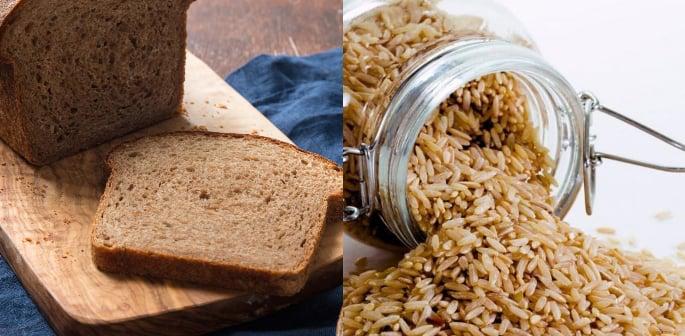
One such famous word is “Brown”. Now, anything which has brown attached to it, has the power to trigger healthy thoughts in mind. Be it brown bread, brown rice or brown sugar. Though all of these are myths and are no better than their whiter counterparts, and in fact may be worse.
BROWN SUGAR – IS IT HEALTHY ??
Whenever you visit a coffee shop, you are commonly offered three options as sweeteners, i.e. white sugar, brown sugar or zero-calorie artificial sweeteners.
However, it’s become a common scenario today to see people in a coffee shop asking for brown instead of white sugar. But if you ask them why are they doing it, the answer is without even a thought, ‘it’s healthy’.
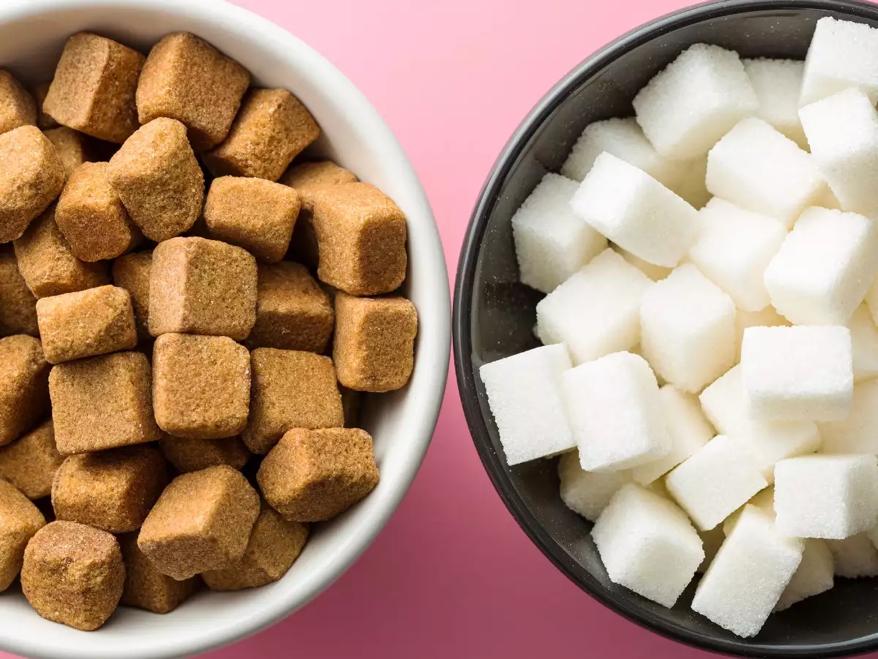
Till some years back, brown sugar as an option was unheard of in a coffee shop. It was either white sugar or no sugar. But, brown sugar arrived as another option, which even the café owners claim to be better than white sugar.
But is it ??
The answer is “No”, brown sugar is not healthier than white sugar. Brown sugar is every way is simple white sugar, mixed with molasses. In normal cases, molasses is separated from the sugar cane plant, while producing sugar.
So, in simple terms, brown sugar is simply white sugar which is not fully refined. Raw sugar is also brown in colour, and forms when the juice of sugar cane evaporates, but people prefer granular white sugar, with added molasses to make it brown.
Sugar is created from tropical sugarcane plants, which are crushed and their juice is extracted. This juice is then boiled and thrown into a spinning centrifuge to crystalize. These crystals have light brown colour and is sold as ‘raw sugar’. Manufacturers spin that in a centrifuge to remove the molasses and produce white sugar.
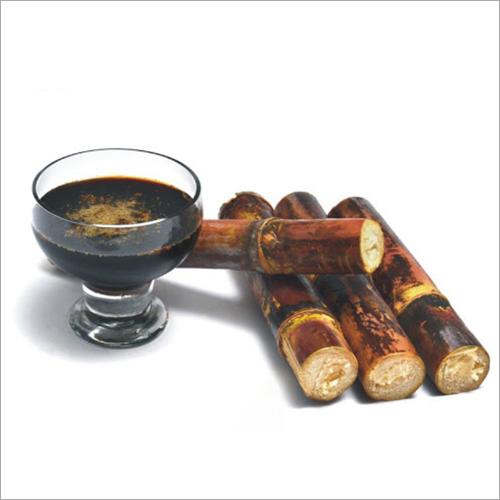
Brown sugar can come in various shades of brown. More the molasses, darker will be the brown colour. Now, molasses is added back to white sugar to make brown sugar, which has a specific reason. Brown sugar holds more moisture because of the molasses, and is a useful product in baking.
Now, before you draw out your swords over the micronutrient contents of brown sugar, please understand that a tiny bit of micronutrients doesn’t make the food healthier. Calorie wise, it remains exactly the same.
For e.g. the molasses is a source of potassium, calcium, B-Vitamins, magnesium etc. But the quantity is too low to make any visible change. When it comes to calories, brown sugar contains about 17 kilocalories per teaspoon (4gm), compared with 16 kilocalories per teaspoon for white sugar.
To make a difference, overall sugar intake needs to be controlled. Changing the colour or form doesn’t make a difference. All the health complications linked with consumption of excess sugar like obesity, diabetes etc. are the same with white and brown sugar.
ROTI WILL MAKE YOU FAT ??
Before I consult people to correct their eating habits, I first ask them what are they consuming on an average in the entire day. In most of the cases barring a handful, most people from good families are simply eating 2-3 meals a day, cooked traditionally in their homes.
But often, while listening to them I find certain common changes which most people have made in their diets, not because these are better or healthier, but because they have been made to believe that these changes are what is preventing them from achieving their goals.
One of the worst and most common recommendations is to stop having rice/roti or parantha and start having brown bread or multi-grain breads. And, when I ask the people to go back to their old habits of eating roti/rice/parantha, they look at me in amazement.
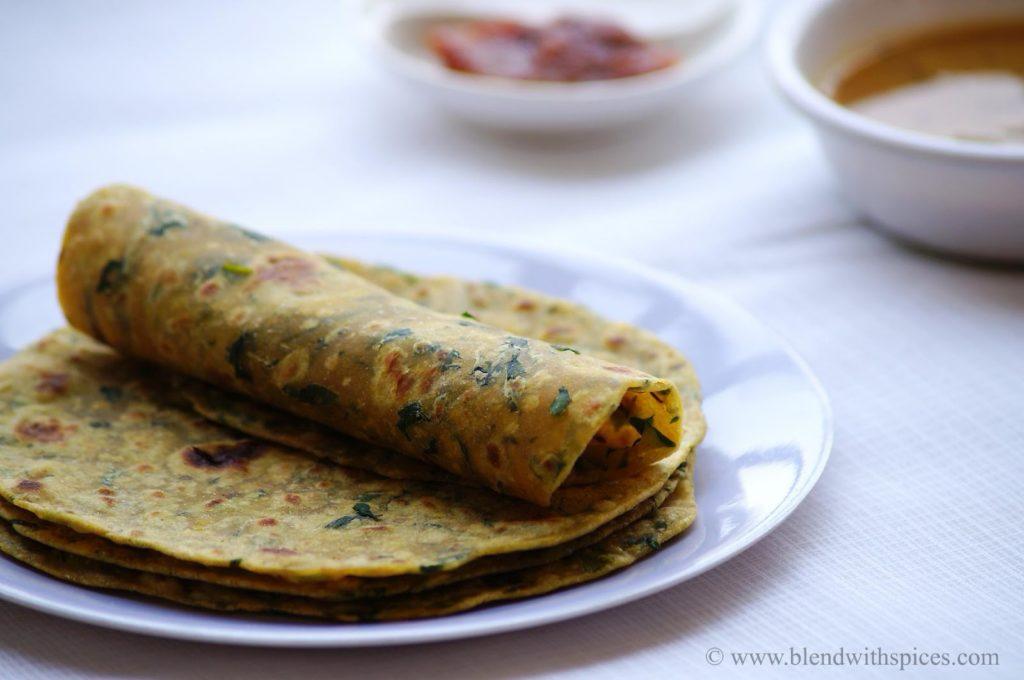
Here is how the funny conversation goes:
I ask them, “what happened? Why are you so shocked?”
Client: “you want me to have paranthas & roti? Are you sure?
I: “what’s there to be sure about this?”
Client: “no, but everyone says it’s unhealthy. It’s fattening. In fact, I don’t even remember when I last had rotis and paranthas.”
(I know where the client is heading to, by this time)
I: “how is roti/parantha unhealthy?”
Client: “No, I mean everyone says, its fattening. It has carbs and gluten & uuuu… whatever”
I: “oh I see; can I ask you two questions?”
Client: “yes, sure”
I: “who is this ‘everyone’?
Client: “everyone means, uuuuu…., everyone, like my friends and also I saw this on YouTube.
I: Great. Can you tell me whom do you go to when you fall sick?”
Client: “of course the doctor.”
I: “why to the doctor. Why don’t you go to everyone, especially your friends & YouTube?”
(the client gets my point)
Client: “but what about the dieticians on social media? They are saying the same thing that don’t have roti/paranthas/rice, it will make you fat. And yes she told me to go off gluten and have gluten-free-flour.”
I: “oh great, so now there is gluten also. Can you tell me what is carbs and gluten?”
(now the client is confused, and he/she knows it. you could guess from the eyeballs rolling here and there).
THE COMMON SENSE PERSPECTIVE
To start with, almost every western website calls Roti, as the Indian Flat Bread. Nope, it’s not an Indian Flat Bread. It’s a Roti or a Chapati, and that’s how it is addressed and should be addressed as.
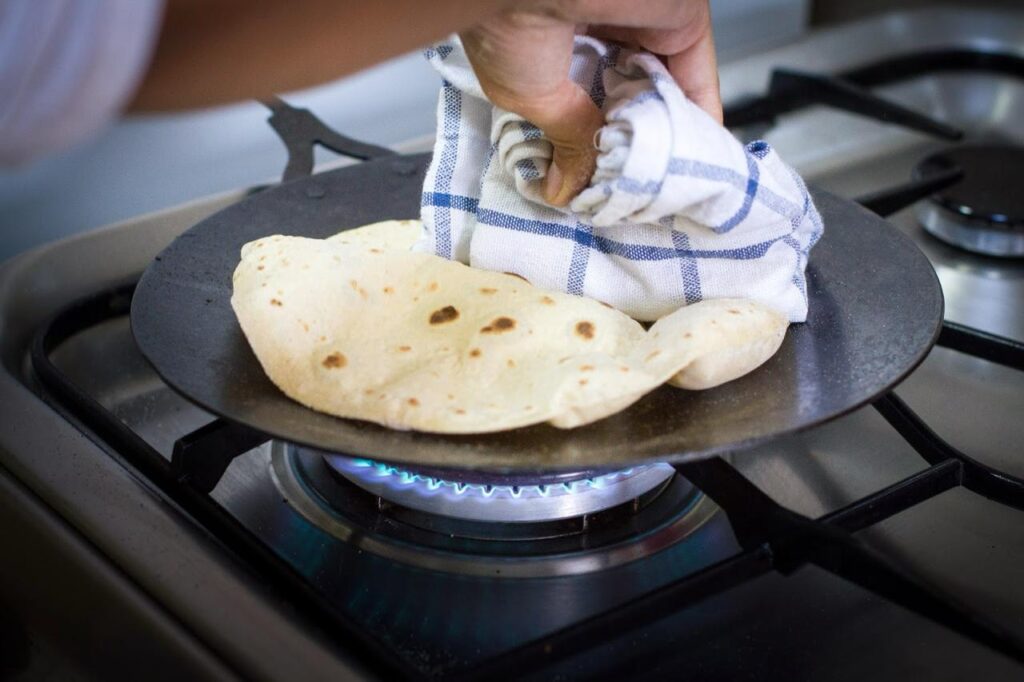
We don’t call breads in the Western nations as the American roti or the Canadian Chapati, or Australian Naan. Let’s stop distorting the terms, as these simple distortions create confusions in a lot of ways.
Now, just because we think, that using certain English terms, make us sound more western & modern, and less Indian, you can often hear Indians using the terms like bread instead of the word ‘roti’ or ‘chapati’, in a lot of marriages, or high-end restaurants, where a lot of guys and more so girls, start using fake accents to ask for breads, by which they actually mean ‘roti’, something they have been consuming since their childhood.
Similarly, roti, chapati or parantha, are something we have been consuming since thousands of years. It is being consumed in countries like India, Pakistan, Bangladesh, Nepal, Sri Lanka, Malaysia, parts of Africa, Mauritius etc. The word ‘roti’ is said to have been derived from the Sanskrit word ‘rotika’. Roti has many names and variations across India, and in other nations.
Acc. to source, “the word chapat (in hindi) means “slap”, which describes the traditional method of forming rounds of thin dough by slapping the dough between the wetted palms of the hands. With each slap, the round of dough is rotated… Chapatis are one of the most common forms of wheat bread which is staple food in the Indian subcontinent.
The carbonized wheat grains discovered at the excavations at Mohenjo-Daro are of a similar variety to an endemic species of wheat still to be found in India today. The Indus valley is known to be one of the ancestral lands of cultivated wheat. Chapati is a form of roti.”
Acc. to a study, people have been making flat breads for over 6,000 years, and today about 80 to 85% of the total wheat produced in the country is used for the preparation of chapati (they call roti/chapati as ‘flat bread’ because they are discussing its use in the context of the entire world. But the researchers have clearly described the flat bread here to be made of nothing more than flour, water and salt.).
Acc. to the researchers, “The oldest baker’s oven in the world was known in Babylon in 4000BC. Flat bread was baked in hot ashes or on heated stone slabs in the old kingdom of Egypt as long ago as 4000BC. Next discovery was baking the flat sheets of dough on flat stones in hot sun by nomadic herdsmen.
Tandoor originated in Persia (Iran) and brought to India via Afghanistan by Arabs way back in 3000BC. Small mud-plastered ovens have been found in Harappa and Mohenjo-Daro of ancient valley…
Among the traditional products, wheat-based flat breads of India are chapati, puri, tandoori roti, parantha, South Indian parotta, naan, bhatura, and kulcha prepared from either whole-wheat flour or wheat flour. Naan is a traditional Indian flat bread, enriched with yoghurt baked in the traditional Indian oven, the tandoor. It is the usual accompaniment of hot food and is staple food in most parts of India…
Chapati is made from atta, water, and salt; Parantha is an Indian flat bread which is smeared and folded with ghee, rolled, and layered; Puri is a traditional Indian deep-fried, puffed bread used as a shell to be filled with sweet or hot and spicy savoury fillings; Khakra are rotis roasted to dry out completely and made crispy.”
THE TRUTH
Often people tell me that they have brown bread sandwich or cornflakes in breakfast and I ask them why not paranthas? The answer is common. It is fattening. And this is the same case with most Indian foods today.
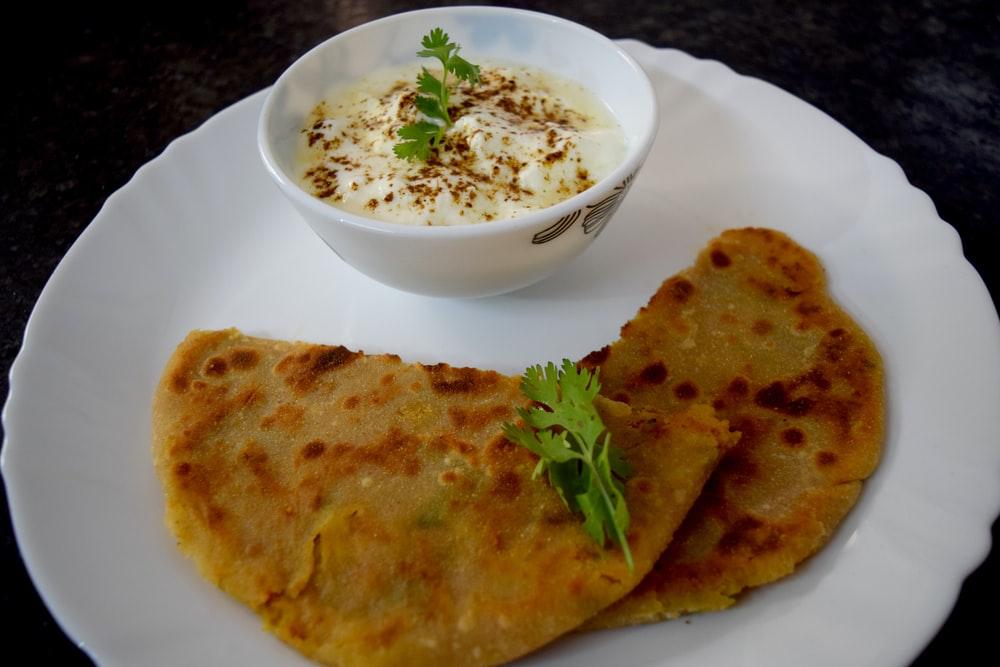
Can you tell me what is unhealthy in the above list of ingredients? The answer often is ghee and butter. Now, human psychology is always to go to the extremes. Today most educated families apply a little ghee or butter which for everybody’s information is one of the healthiest fats you can consume.
What is bread made of?
Firstly, there is nothing called Brown Bread, its simply white bread coloured brown. The colour is industrial caramel colour added to it, about which we will discuss later.
Now, there are other forms of breads like whole wheat, multi grain, ragi, bran etc. But at the end of the day, they have a larger percentage as refined carbs or maida along with the other ingredients.
Now, if you prepare a roti/parantha at home, how long can you keep it outside, before consuming? May be half a day or a bit more. Why? Because, there is no ingredients added to it to preserve it, and natural ingredients get spoilt easily. On the other hand, breads are kept for over a week on the shelves of your supermarket. Why? Because they need to be preserved to be kept in open. If they get spoilt in a day, a company and the retailer, can never generate profits.
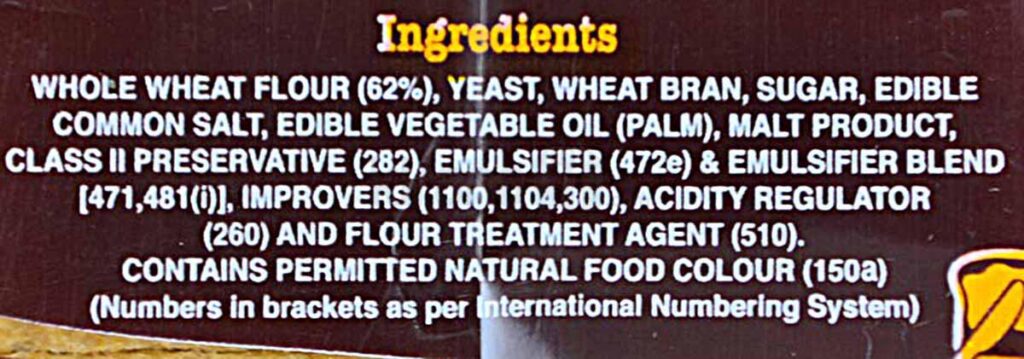
There also have been comparison of roti and breads on the basis of calories. A slice of bread has app. 60 calories, and a roti has around 70-80 calories, depending on the size and thickness of the roti and bread. This does not make it a point of comparison. First because these minimal amount of calories don’t matter. Second, what matters is the quality of the ingredients being used, and the quantity of the bread or roti consumed.
Another big and most misunderstood point is that, multigrain breads are better. Which country are you living in? High quality breads are made at very few places in the world, which use the traditional methods of baking which they have been using since centuries, using locally produced ingredients, without the use of extreme preservatives, colours and other toxic refined oils.
Breads are not bad, but the real quality breads are rare, and very rare in India. Also, we have been consuming roti/chapatti since over 5-6,000 years now.
Now, the question does come in, that a roti doesn’t taste as good as a bread. The reason is because there is nothing inside it except the whole grain, and good fats.
Also, when was the last time you had roti alone. Just like you have breads in the form of a sandwich or in combination with other foods, roti is had with a cooked vegetable, pulses or legumes. This makes a complete taste, which we as Indians are accustomed to, since the centuries.
On the other hand, when you add different whole grain flours to the whole wheat flour, you enhance the nutritional quality of the roti, even more. For e.g. adding Bengal gram flour (chana atta), and soy flour, will enhance the protein content of the roti. This also enhances the mineral content of the roti, specially zinc, iron, calcium and manganese. On the other hand, adding of amaranth, bajra, jowar, ragi etc. increases the fibre and micronutrient content of the roti greatly.
Roti/chapati is the traditional food of various cultures and communities around the world, so is rice, and even the breads. But as we discussed, it’s how your taste buds have evolved. Also, when we discussed bread, we understood that it is the breads made in the traditional ways, devoid of any added colour, preservative, sugar, refined oil etc.
PROBLEM WITH THE CARAMEL COLOUR
Caramel colour is one of the major ingredients added to the soft drinks like Coke and Pepsi along with a wide variety of beverages like root beers, iced teas etc. as a colorant to turn them brown, and it is also the major colorant in brown breads. Though it may look completely harmless, but there is a hidden side to it.
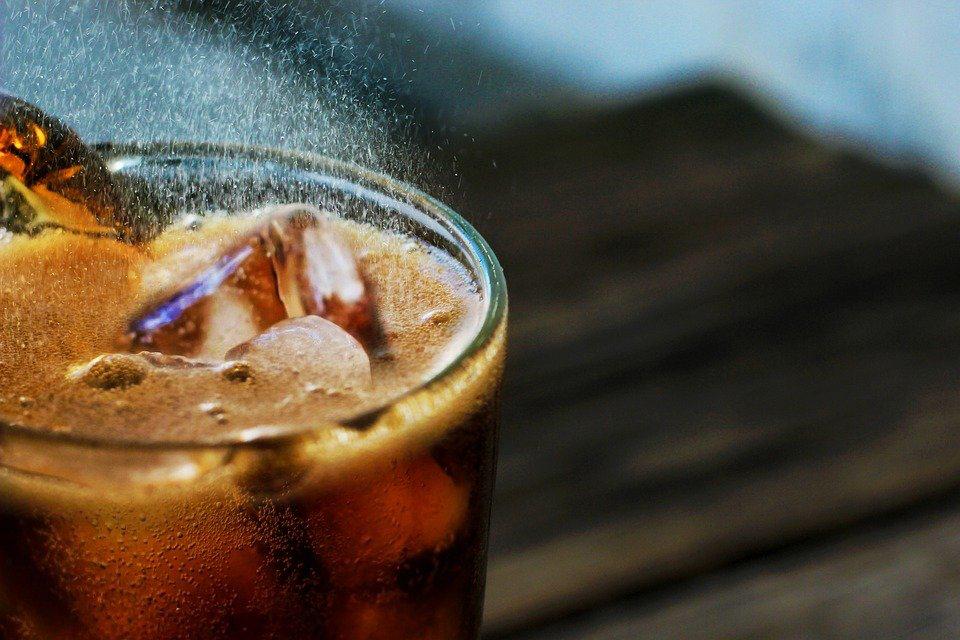
A study, found that, the caramel colour is produced from ammonium compounds. The use of these compounds to produce caramel colour can result in the formation of another compound named 4-Methylimidazole (4-MEI). In the recent years the evidence for carcinogenicity of 4-MEI has raised concerns about uses of caramel colour type III and IV that may expose consumers to 4-MEI and increase cancer risk.
A report by the National Toxicology Program under the U.S. Department of Health and Human Services, assessed the carcinogenicity of 4-MEI in male and female mice and rats using two year feeding studies, concluding that there was a clear evidence of carcinogenic activity in male and female mice, based on the carcinomas of the lung in exposed mice relative to controls and evidence of leukaemia activity in female rats. Based on this report the International Agency for Research on Cancer in 2010, classified 4-MEI as “possibly carcinogenic to humans”.
In 2011, the state of California in US, listed 4-MEI as a carcinogen under the Safe Drinking Water and Toxic Enforcement Act also known as Proposition-65. A product sold in California that contains a chemical listed as a carcinogen under Proposition-65 must carry a warning label if exposure to the chemical resulting from the use of the product will exceed a no significant risk level.
Acc. to Proposition-65, any food or beverage sold in the state that exposes consumers to more than 29 micrograms of 4-MEI per day is supposed to carry a health warning label. Due to this, the leading soft drink manufacturers soon announced that they would lower the 4-MEI levels in their products.
Again, with the available research, there seem to be two opposite lobbies, one supporting the use of caramel colour and labelling it safe, and the other one is the anti-caramel-colour lobby. Personally I would like to avoid foods which list “caramel colour” on their labels.
It’s better for you to either completely eliminate or at least minimize the use of food products containing artificial colours, for that matter a plethora of other harmful synthetic chemicals too.
However, this doesn’t mean you have to totally go off from everything containing caramel colour, but try and minimize the intake.
CONCLUSION
What is healthy, bread or roti? You have the answer.
Our mothers have been cooking fresh rotis an paranthas every day. They make sure that we get the freshest of the ingredients in all our foods.
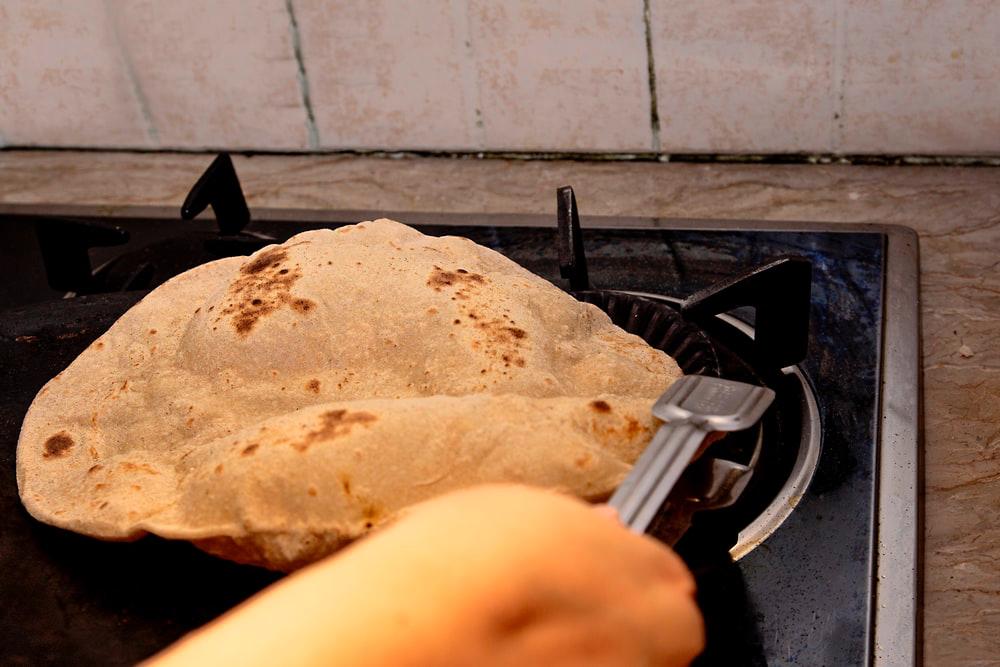
Though, roti/paranthas are anytime healthier than breads in India, but what matters at the end of the day is not just the quality of food, but also the quantity.
So, if I ask someone to have paranthas or rotis, and they go back and have six paranthas in a go, then it’s not the rotis or paranthas to be blamed. If you have the capacity to burn that amount of grains, please do have them, but most people simply can’t. They are just overeating
The post Brown Vs White : Which is Better For Your Health? appeared first on WeRStupid.